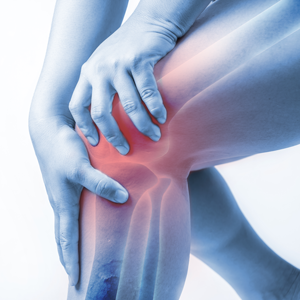 In this fourth installment of our “Fact or Fiction” series, we dive into the age-old practice of icing for injury recovery.
In this fourth installment of our “Fact or Fiction” series, we dive into the age-old practice of icing for injury recovery.
Debating the Effectiveness of Icing
For years, the RICE protocol—Rest, Ice, Compression, Elevation—has been the go-to method for treating acute musculoskeletal injuries. Recent discussions have questioned whether using ice is an effective recovery strategy for humans.
Uncertain Results Challenge the Norms
Conflicting evidence has sparked a growing trend against using ice for injury recovery. Dr. Camac has studied a great deal of the research in mice and found most points to the use of ice accelerating the recovery process, which he has also found clinically.
It reduces secondary tissue damage by constricting the blood vessels, reducing inflammation, numbing the affected area, and limiting bruising. We find patients enjoy the numbing effect and respond well to it.
Getting the Best Results
Dr. Camac’s personal experience has led him to advocate for the use of ice. He tells patients, “Ice makes you feel nice.” He instructs to ice for about 20 to 30 minutes as needed. When icing, always use a towel or a layer of clothing between the skin and the ice to prevent frostbite.
Our patients have seen positive results with conditions like
- Sports injuries
- Headaches
- Sprains and strains
- Arthritis
- Tendinitis
- And more
Despite the conflicting evidence, we shouldn’t dismiss ice as a potential care option. The key lies in its timely application to minimize secondary tissue damage. It’s most effective during the immediate acute stage, the first 72 hours following injury, applying for 20-30 minute intervals within the first 12 hours after the injury.
The Ice Age Continues
The ice debate underscores the need for high-quality, randomized controlled trials to determine its impact on the healing process in humans. Until definitive evidence emerges, the culture of icing injuries is here to stay. Is the ice age coming to an end? Not anytime soon!
Focused on Your Recovery
At First State Health & Wellness, we remain committed to providing the best care for our patients. Contact us today to make an appointment and get personalized guidance on your path to recovery.
